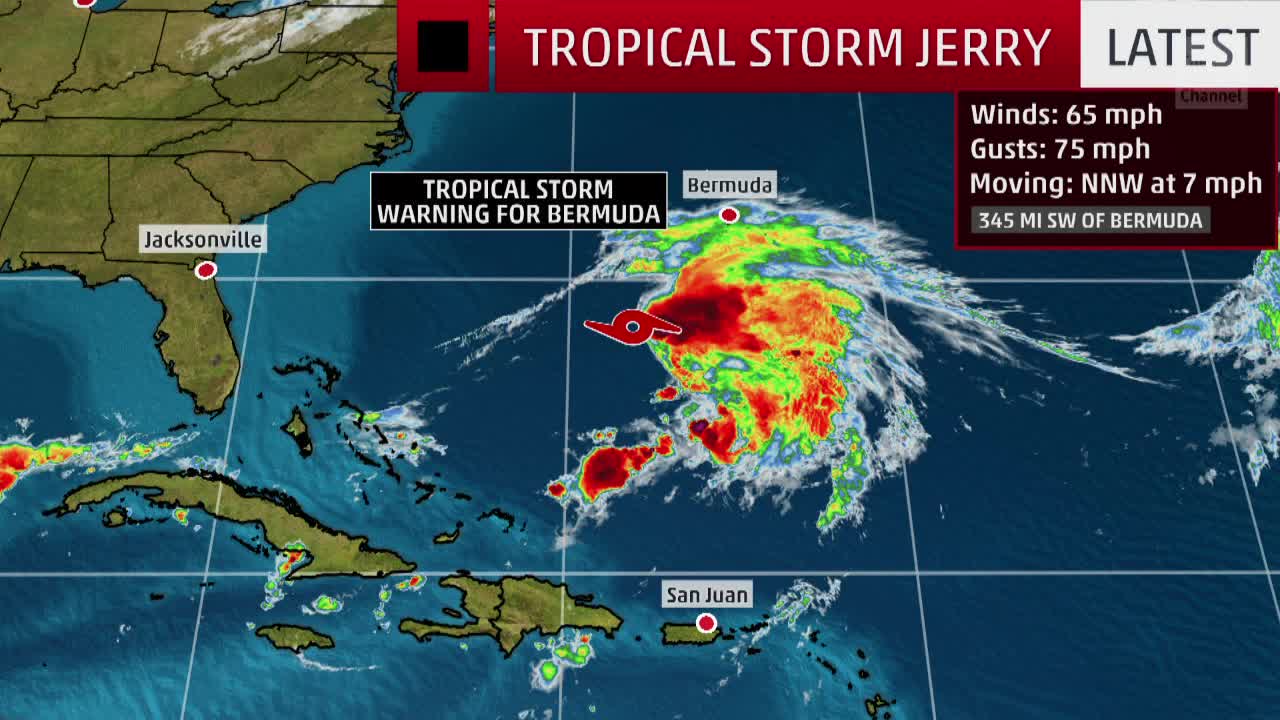Atlantic Storms on Standby: Why September’s Silence Might Be Short-Lived
 |
| atlantic tropical storms |
Miami, FL — September 15, 2025
The Atlantic hurricane season has entered its statistical peak, but the skies remain surprisingly clear. With only six named storms and one hurricane so far, 2025 is tracking below average—but experts say the quiet won’t last.
Meteorologists point to a cocktail of suppressive factors:
Saharan dust choking moisture from the air
High wind shear disrupting storm formation
Stable pressure systems across the Atlantic basin3
These conditions have created a hostile environment for tropical cyclones, even as sea surface temperatures remain high.
Colorado State University researchers predict that the Madden–Julian Oscillation will soon shift, bringing more moisture and instability to the Atlantic. NOAA’s long-range outlook also shows rising probabilities for storm development in late September3.
“We’re seeing the ingredients for a flip,” said David Zierden, Florida’s state climatologist. “The second half of the season could be a different story.”
While the Atlantic has been quiet, the eastern Pacific has been unusually active, with 12 named storms and seven hurricanes already this year. This contrast underscores how regional climate dynamics can diverge sharply—even within the same hemisphere.
With the next named storm set to be Hurricane Gabrielle, residents along the Gulf and East Coast are urged to review emergency plans. The warm waters of the Gulf and Caribbean remain a potent fuel source for rapid intensification4.

